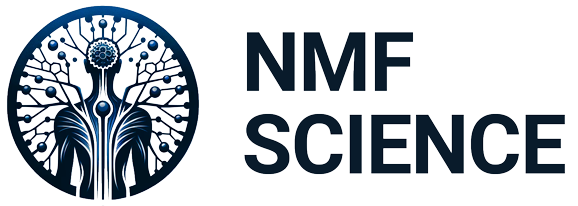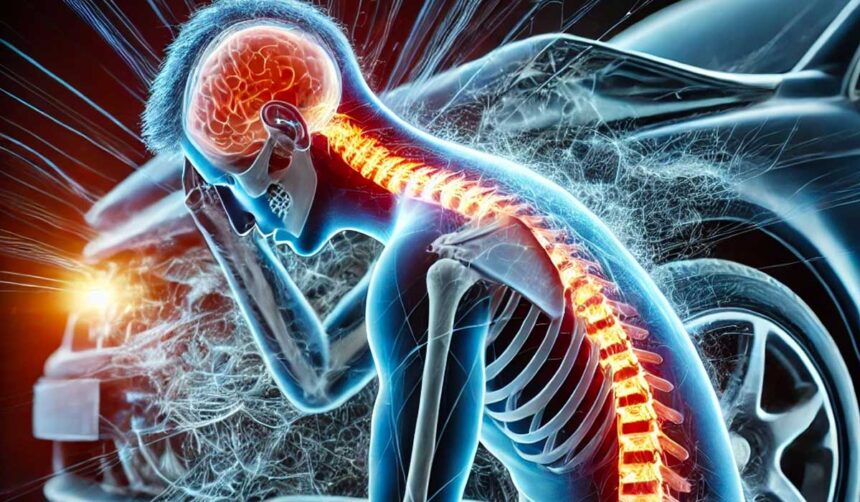Whiplash Revisited: Challenging Conventional Classifications for Better Care
As we navigate the complexities of whiplash injuries and their profound impact on individuals’ lives, it becomes imperative to reassess our approach towards understanding and treating these conditions. Drawing upon my extensive experience and research, I propose a refined perspective on Whiplash Associated Disorders (WAD), emphasizing the nuanced relationship between spinal injuries and neuromyofascial pain. This introduction serves as a gateway to exploring the limitations of current classifications and the potential for a more nuanced, patient-centered approach in addressing the multifaceted challenges posed by whiplash.
Bridging Physics and Safety: A Visual Journey Through the Forces of Collision and the Pioneering of Vehicle Safety
To be more accurate, whiplash is a mechanism of injury and not a disease or condition. Doctors use the term WAD or whiplash associated disorder, meaning injuries associated with the action of whiplash, typically seen in motor vehicle accidents but not restricted to them.
Whiplash can also occur from other forms of sudden spinal movement such as a slip and fall, a sudden spinning action, a collision between hockey players, or even a twist of the spine from a golf swing.
The disorder encompasses what happens after the whiplash event has impacted the spine and its components such as soft tissue and muscle. Therefore, whiplash associated disorder or WAD is not a disease but an injury mechanism.
WAD can involve various complications, classified into four basic levels:
- WAD 1: No injury or loss of range of motion (ROM) in the spine.
- WAD 2: Some loss of ROM in the spine.
- WAD 3: Significant neurological symptoms such as numbness and tingling in the arms, legs, or head.
- WAD 4: Severe injuries including spinal fracture, dislocation, or paralysis.
I find the current WHIPLASH and WAD 1-4 classification to be overly simplified and often inaccurate, which may mislead proper early spinal care and contribute to underdiagnosis and undertreatment.
For instance, in WAD level 1, it is reported that there are no injuries, which defies Newton’s Laws of motion, as there will always be some form of injury regardless of how small. Moreover, WAD 1 is determined by an assessment post-accident, often without prior comparative data, relying on the opinion of the assessor.
The prior health of the whiplash victim also influences the severity of injury. For example, a hard apple dropped from 30 feet would be severely damaged, while a hard apple dropped from 5 feet might show minimal injury. A soft, bruised apple dropped from the same height would likely break wide open. This analogy applies to people; some can tolerate higher whiplash injury events with less severe outcomes, while others with pre-existing conditions can suffer significant injury even from low-speed events.
Reflecting on Whiplash and WAD
Whiplash, an acceleration-deceleration injury mechanism, affects various parts of the spine and can extend to other body regions. Understanding whiplash as a cause of injury, leading to Whiplash Associated Disorders (WAD), is crucial. These injuries commonly arise from motor vehicle accidents but can also result from falls, sports collisions, or sudden twists.
WAD classifications help guide treatment but often oversimplify the injury’s complexity, leading to underdiagnosis and inadequate early care. The current system fails to account for individual condition nuances, such as pre-existing health factors that influence the injury’s impact.
Reflecting on the journey through whiplash and WAD compels us to acknowledge the limitations of current diagnostic frameworks and the need for a more comprehensive understanding. By appreciating individual variability in injury response and recovery potential, we can innovate treatments that transcend traditional boundaries. The future of managing neuromyofascial pain lies in integrating this nuanced understanding into personalized care strategies, enhancing the quality of life for those affected. Through continued research and patient-centered innovation, we stand on the brink of transforming pain management and recovery.
Medical Disclaimer:
The information provided in this article is for educational and informational purposes only and is not intended as a substitute for professional medical advice, diagnosis, or treatment. Always seek the advice of your physician or another qualified health provider with any questions you may have regarding a medical condition or treatment and before undertaking a new health care regimen, regardless of your location. Never disregard professional medical advice or delay in seeking it because of something you have read on this website.
AI Disclaimer:
The images and abstracts featured in our blog posts are generated using artificial intelligence. While we strive for accuracy and relevance, there may be occasional discrepancies or errors. We appreciate your understanding and encourage readers to consider the context and intent behind these AI-generated elements.




